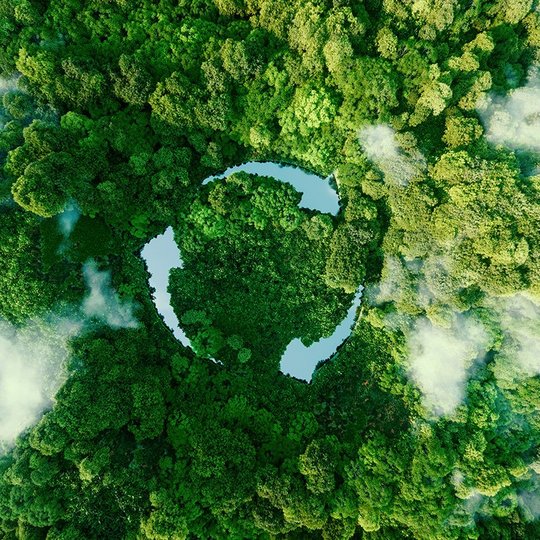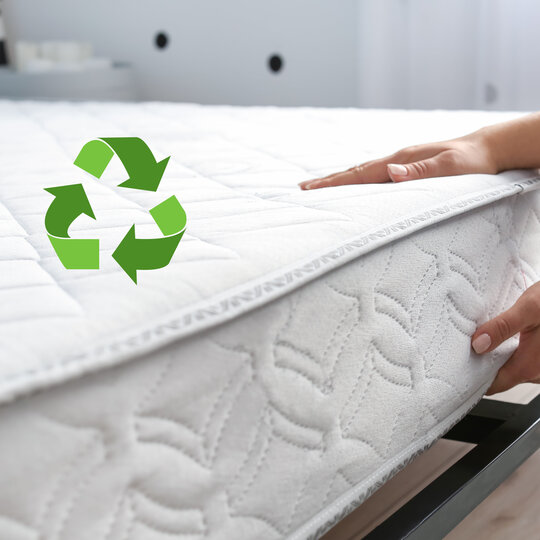Combined power for the chemical recycling of mixed EoL-PUR materials

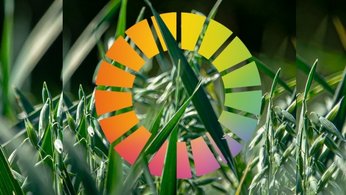
At NEVEON, we produce polyurethane (PUR) flexible, composite and molded foams for a wide range of applications, from the comfort segment through the transportation sector to a limitless variety of specialty applications. In addition to sustainable product design and the reduction of emissions, we focus on circular economy. Until now, many PUR foam products have been thermally recycled at the end of their life cycle or, in the worst case, landfilled. Our technical team has been working on alternative recycling technologies for PUR foams for some time, with the aim of returning them to the materials loop.

Previous recycling processes still insufficient
According to a study by Labyrinth Research and Markets Ltd., around 40 million mattresses reach the end of their lives in the EU every year. Stacked on top of each other, this would result in a mattress pile 904 times as high as Mount Everest. When mattresses, or other PUR products such as upholstered furniture or automotive linings, have reached the end of their useful life, mixed waste is usually produced from PUR flexible foams, textiles and other materials. Current processes for recycling PUR foams, such as glycolysis or acidolysis, can only be used for a part of the waste, since a complex material separation of the end-of-life products into their individual components is necessary in order to keep the recyclable materials recovered in the process within predefined specification limits.
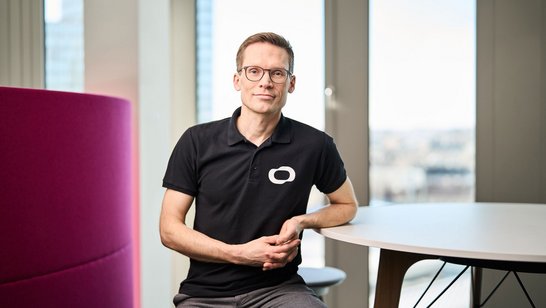
"Optimal end-of-life recycling of polyurethanes will require not one, but multiple solution paths. Especially for composite materials and heavily worn mattress and furniture waste, robust and cost-effective processes are needed that represent a significant improvement over thermal recycling. With our project work, we are making a significant contribution to the transition to a sustainable economy in which high-performance materials have a long service life and can be recycled at the end of their life cycle," Roland Krämer, Director Research & Development at NEVEON, is convinced.
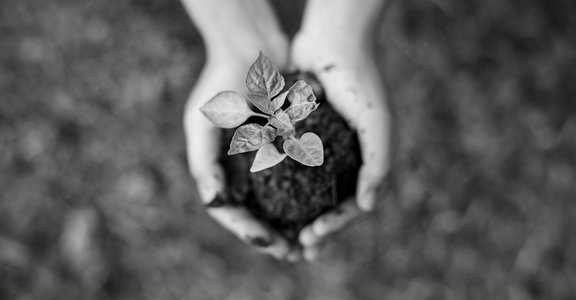
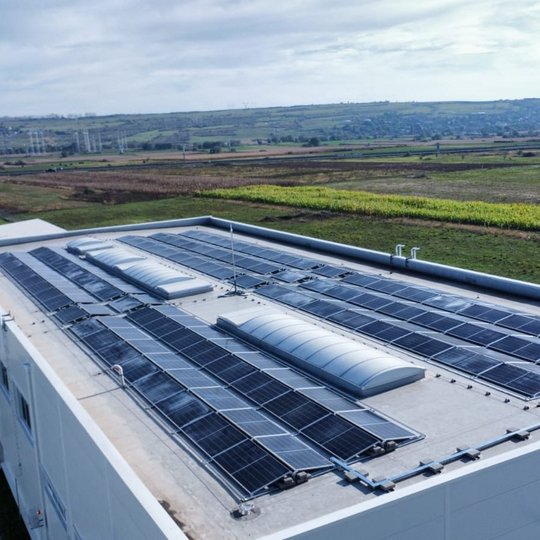
![[Translate to Englisch:] [Translate to Englisch:]](/fileadmin/_processed_/8/b/csm_NEVEON_VcA_Projektreise_2023_IMG_4683__Large__0fdfe0b4eb.jpg)
![[Translate to Englisch:] [Translate to Englisch:]](/fileadmin/_processed_/2/9/csm_Matratzen_Recycling__Large__90a7f6ded1.jpg)


